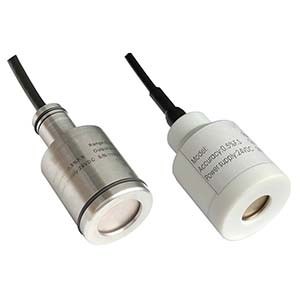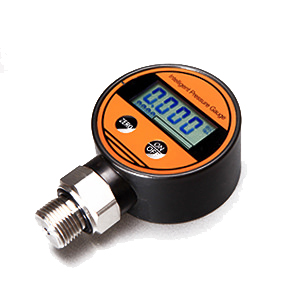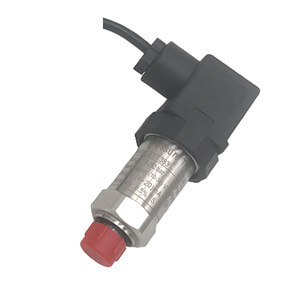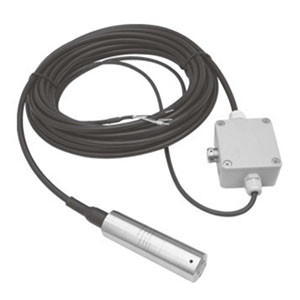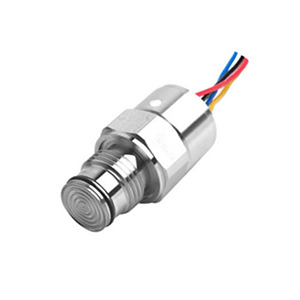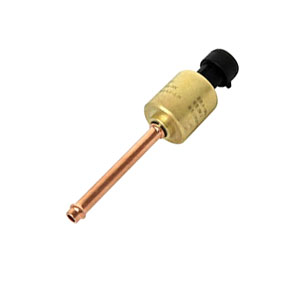Pressure sensors have a variety of output types. While analog output, such as 0.5-4.5V or 4-20mA, is common and can be suitable for some applications, the RS485 Pressure Sensor has its unique advantages, especially in certain environments and use cases.
In today post, we will discuss the details about RS485 Pressure Sensor, including the highlight feature and drawback, the difference between other similar digital output, also the technical notion when design and use RS485 as pressure sensor output.
What is RS485 digital protocol?
RS-485, also known as TIA/EIA-485, is a standard defining the electrical characteristics of drivers and receivers for use in serial communications systems. It is a common choice for industrial and scientific applications due to its ability to communicate reliably over long distances and in electrically noisy environments.
Here are some key characteristics of the RS-485 protocol
1. Differential Signaling
Unlike protocols that use single-ended signaling (like RS-232), RS-485 uses differential signaling. This means it uses two wires to transmit each signal as a pair of complementary voltages. This makes it more robust against electrical noise and capable of communicating over longer distances (up to approximately 4000 feet or 1200 meters).
2. Multi-Point Communication
RS-485 supports multiple devices on a single bus (up to 32 without special measures). This makes it suitable for networking devices over a common communication line.
3. Half-Duplex or Full-Duplex
Depending on the setup, RS-485 can be used for half-duplex or full-duplex communication.
- Half-duplex (using two wires) allows devices to either send or receive data at any one time
- Full-duplex (using four wires) allows devices to send and receive data simultaneously.
4. Speed and Distance
RS-485 can operate at speeds up to 10 Mbit/s, or at lower speeds for longer distances.
5. Termination and Biasing
RS485 Pressure Sensor lines often require termination resistors at each end of the bus to prevent signal reflections, and bias resistors to ensure the line defaults to a known state when no drivers are active.
6. Balanced Line Drivers/Receivers
RS-485 uses balanced line drivers and receivers which provide good common-mode noise rejection.
| Model of operation | Differential |
|---|---|
| Number of driver/receivers per line | 1 driver, 32 receiver |
| Max cable length | 4000 feet |
| Max data rate | 30 Mbps |
| Max driver output voltage | -7V to 12V |
| Max driver current in high impedance state (power off) | +/- 100uA |
| Receiver input voltage range | -7V to 12V |
| Receiver input sensitivity | +/- 200mV |
| Driver load impedance | 54 Ohms |
| Receiver input resistance | >=12 K Ohm |
How to differ each other among RS485 and RS232, RS422?
RS-232, RS-422, and RS-485 are all standards for serial communication, but they have key differences that make them suitable for different applications. Here’s a brief comparison:
RS-232
- RS-232 is a standard for serial binary data signals connecting between a DTE (Data Terminal Equipment) such as a computer terminal, and a DCE (Data Circuit-terminating Equipment).
- It uses single-ended signals (one signal wire and a common ground), which makes it more susceptible to noise and limits the distance over which data can be transmitted.
- It supports point-to-point communication only.
- The maximum cable length is short, typically up to 15 meters.
- It typically supports data rates up to 20 kbps, but higher rates are possible over short distances.
RS-422
- RS-422 is a standard for digital data transmission that uses balanced, or differential, signals. That means it uses pairs of wires to transmit data, which improves noise immunity.
- It supports point-to-point communication only.
- It can transmit data over much longer distances than RS-232, typically up to 1200 meters.
- It supports data rates up to 10 Mbps at shorter distances, with lower rates for longer distances.
RS-485
- RS-485 is similar to RS-422 in that it uses balanced, or differential, signals, which allows for long-distance communication and noise immunity.
- However, unlike RS-422, RS-485 supports multi-point communication, meaning you can have multiple devices on a single bus.
- Like RS-422, it can communicate over distances up to 1200 meters and supports data rates up to 10 Mbps at shorter distances.
So, RS-232, RS-422, and RS-485 are serial communication standards used for transmitting data between devices.
RS-232 is the oldest and most widely used, suitable for short-distance communication at lower data rates.
RS-422 is more advanced, allowing for longer distances and higher data rates.
RS-485 is an extension of RS-422, designed for multi-point communication. The choice depends on factors like distance, data rate, and the number of devices involved.
| Port name | RS-232 | RS-422 | RS-485 |
|---|---|---|---|
| Transfer type | Full duplex | Full duplex | Half duplex (2-wire) Full duplex (4-wire) |
| Max distance | 15 meters @ 9600 bps | 1200 meters @ 9600 bps | 1200 meters @ 9600 bps |
| Contacts in use | TxD, RxD, RTS, CTS, DTR,DSR,DCD, GND | TxA, TxB, RxA, RxB, GND | DataA, DataB, GND |
| Topology | Point-to-Point | Point-to-Point | Multi-point |
| Max.No. of connected devices | 1 | 1 (10 devices in receive mode) | 32 (with repeaters larger, usually up tp 256) |
When deciding which standard to use, you need to consider the following and remember that the specific requirements of your application will ultimately determine the best choice:
- Distance: If you need to transmit data over a long distance, RS-422 or RS-485 would be more suitable than RS-232.
- Noise Environment: If your system is in a noisy environment, RS-422 or RS-485’s differential signaling can provide better immunity to noise than RS-232.
- Number of Devices: If you need to connect more than two devices, RS-485’s support for multi-point communication makes it a better choice.
- Data Rate: If you need to transmit data at a high rate, all three standards could potentially work, but the actual rate will depend on the distance and the specific transceivers you are using.
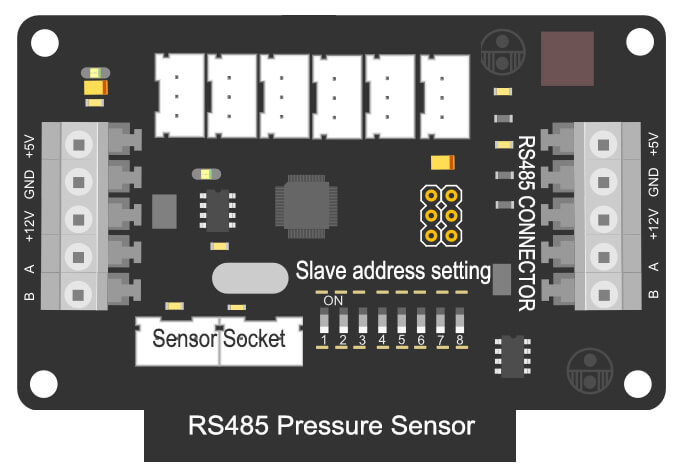
How do I know whether use RS-422, 2-wire RS-485, or 4-wire RS-485
Choosing between RS-422, 2-wire RS-485, and 4-wire RS485 Pressure Sensor often depends on your specific application requirements. Here are some factors to consider:
RS-422
- RS-422 is designed for point-to-point communication. It uses differential signaling for noise immunity, and it’s great for long-distance communication (up to 1200m).
- It uses a 4-wire system: two wires for Tx (transmit) and two for Rx (receive).
- RS-422 does not support multi-drop or multi-point configurations, meaning only one transmitter and one receiver can communicate on the line.
2-wire RS-485
- 2-wire RS-485 is used for multi-point It also uses differential signaling, can handle long distances (up to 1200m), and is resistant to noise.
- It uses a 2-wire system where both wires are used for both sending and receiving data. This means devices take turns communicating (half-duplex).
- A single 2-wire RS-485 bus can support up to 32 devices.

4-wire RS-485
- 4-wire RS-485 is also used for multi-point communication and has the same advantages as 2-wire RS-485 in terms of distance and noise immunity.
- It uses a 4-wire system, with two wires for sending and two for receiving. This allows devices to send and receive data simultaneously (full-duplex).
Like 2-wire RS-485, a single 4-wire RS-485 bus can support up to 32 devices.
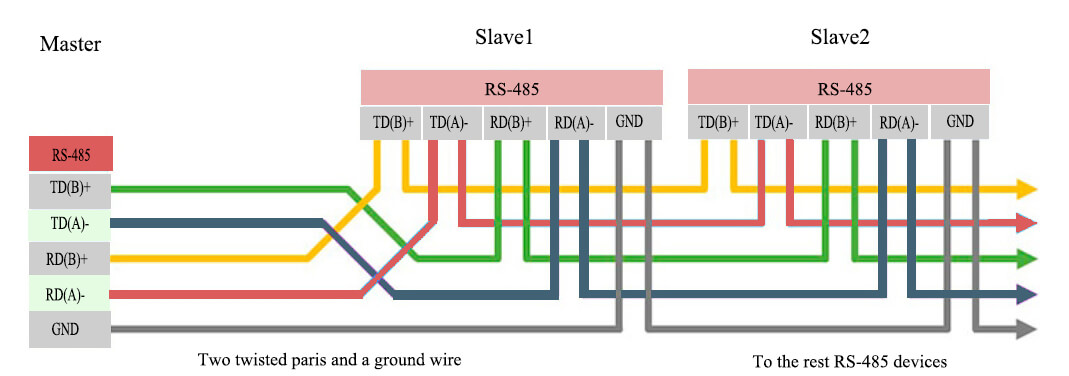
To decide which to use, consider:
- Number of devices: If you only need to connect two devices, RS-422 may be sufficient. If you need to connect more than two devices on a single bus, consider RS-485.
- Communication type: If your application requires full-duplex communication (simultaneous sending and receiving), consider 4-wire RS-485. For half-duplex communication (devices take turns sending and receiving), 2-wire RS-485 would be suitable.
- System complexity and cost: RS-422 and 4-wire RS-485 may require more wiring compared to 2-wire RS-485, which could increase system complexity and cost.
At last, you also need to remember to also consider the specifics of your devices and system when making your decision.
For instance, some devices may only support certain protocols, or your system may have physical constraints that affect the feasibility of running additional wires.
Limitation and Risk of RS485 Pressure Sensor
Finally, you’ve made your decision to choose RS485 as the communication protocol, however when using RS-485 communication, there are also several key issues or risks that you need to be considered:
1, Termination Resistor:
Without proper termination, the RS-485 line can suffer from signal reflections that cause communication errors. This is especially important for long lines or high data rates.
To solve this, you should install a termination resistor at both ends of the RS-485 line. The resistor value should match the characteristic impedance of the cable, which is typically around 120 ohms for many types of twisted-pair cable.
2, Biasing
In RS-485 communication, it’s important to ensure that the line defaults to a known state when no drivers are active. Without proper biasing, the line may float and pick up noise, causing errors. To solve this, you should install bias resistors to pull the line to a known state.
3, Ground Potential Difference
If there’s a significant ground potential difference between devices, it can cause large currents to flow in the RS-485 ground line, potentially damaging the devices.
To solve this, you can use isolated RS-485 transceivers or install a ground wire between devices to provide a common reference point and reduce the ground potential difference.
4, Overloading
The RS-485 standard allows for up to 32 unit loads on a single bus. Some devices can be equivalent to more than one unit load, and if too many devices are connected, it can cause communication problems.
To solve this, ensure that the total of unit loads doesn’t exceed 32, or use RS-485 transceivers that are rated for 1/4 (or less) unit load, allowing for more devices on the bus.
5, Wiring
Incorrect wiring or using the wrong type of cable can cause communication problems. Make sure to use twisted-pair cable for RS-485 communication, and ensure that the A (or +) and B (or -) lines are connected correctly between all devices.
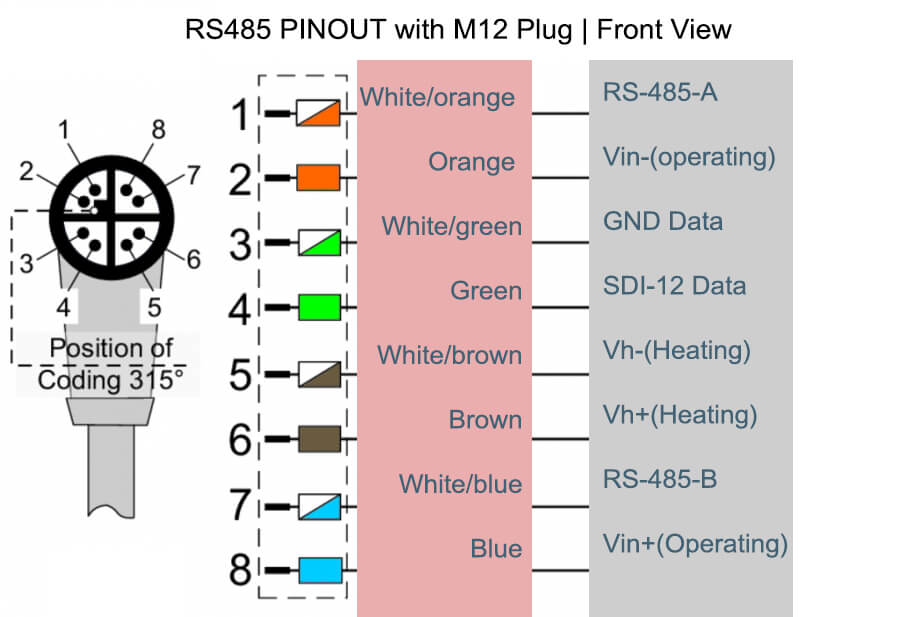
6, ESD and Surge Protection
In some environments, electrostatic discharge (ESD) or electrical surges can be a problem. To solve this, you can use RS-485 transceivers with built-in ESD protection, or install external surge protection devices.
Remember that the specifics of your system will determine which of these issues are most important to consider. Always refer to the datasheets for your devices and plan your system carefully to ensure reliable RS-485 communication.
Which application is best to use RS485 Pressure Sensor?
The RS-485 communication standard is highly versatile and is used in a wide range of applications. It’s particularly suitable for situations where you need to communicate over long distances, in noisy environments, or with multiple devices on a single bus.
Here are a few examples of applications where RS-485 is often used:
1, Industrial Control Systems
RS-485 is commonly used in industrial environments due to its robustness and noise immunity. It can be used to network various types of machinery and equipment, such as programmable logic controllers (PLCs), sensors, and actuators.
2, Building Automation
In building automation systems, RS-485 is used to connect devices like HVAC systems, lighting controls, security systems, and fire alarm systems. Its ability to handle long cable lengths and communicate with multiple devices makes it a good choice for these applications.
3, Utilities and Energy Systems
RS-485 is used in utilities and energy systems for applications like smart metering, solar panel data transmission, and power grid monitoring. Its robustness and long-distance capabilities are key advantages here.
4, Transportation
In transportation systems, RS-485 is used for applications like traffic signal control, vehicle tracking, and onboard data acquisition.
5, Scientific and Laboratory Equipment
RS-485 can be used to network various types of lab equipment, allowing for centralized data collection and control.
6, POS Systems and Ticketing Machines:
RS-485 is used in point-of-sale systems and ticket vending machines due to its robustness and ability to network multiple devices.
How to design RS485 pressure sensor?
The design of a pressure sensor with RS485 output involves selecting the right sensor, conditioning and converting the sensor’s signal, managing the digital data with a microcontroller, driving the RS485 communication with a suitable transceiver, and choosing appropriate connectors and cabling. Each step should consider the application’s requirements to ensure a reliable, efficient, and effective design.
1. Sensor Selection
Choose a suitable pressure sensor based on the application’s requirements, such as pressure range, accuracy, and environmental conditions. This sensor will produce an analog output proportional to the pressure it measures.
2. Signal Conditioning
The raw signal from the pressure sensor often needs to be conditioned. This typically involves amplification and filtering. An operational amplifier (op-amp) circuit can be used for these tasks.
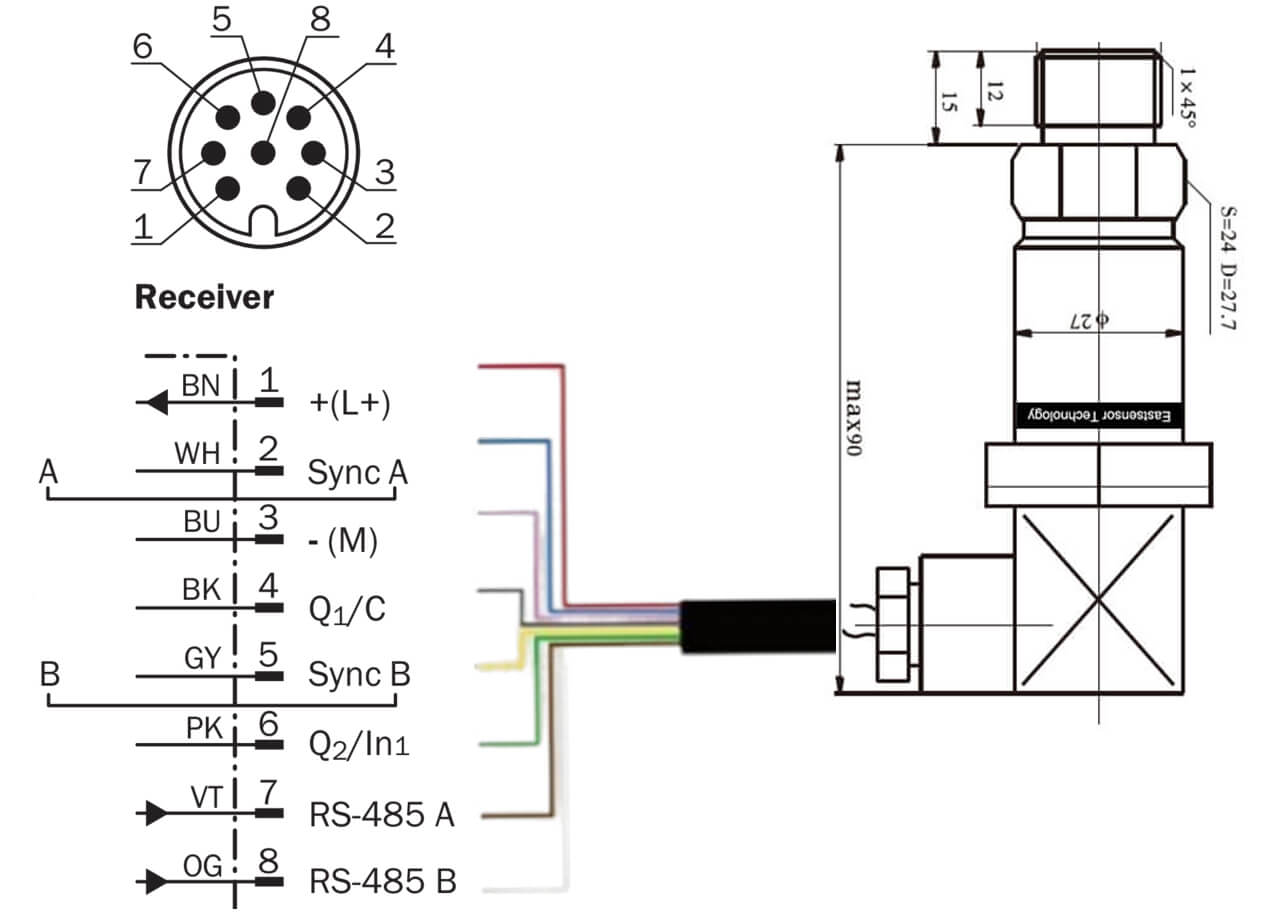
3. Analog-to-Digital Conversion
The conditioned analog signal needs to be converted to a digital format for transmission over RS485. This conversion is performed by an Analog-to-Digital Converter (ADC). The choice of ADC should consider factors like resolution, sampling rate, and power consumption.
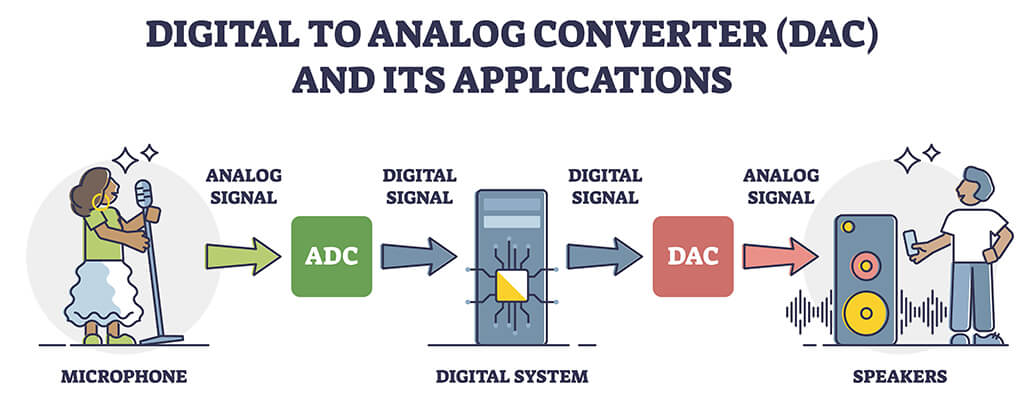
4. Microcontroller Integration
A microcontroller is used to manage the ADC and handle the digital signal. It uses the digital data from the ADC, packages it into a suitable format, and prepares it for transmission over RS485. The microcontroller also handles communication protocols and error checking algorithms.
5. RS485 Driver
The digital signal from the microcontroller is sent to an RS485 driver (also known as an RS485 transceiver). This device converts the digital signal into the differential signal required for RS485 communication. The driver must be capable of handling the data rate and network configuration (e.g., half-duplex or full-duplex) required by the design.
6. Connectors and Cabling
Finally, the appropriate cables and connectors must be chosen to connect the pressure sensor device to the RS485 network. The cabling should be of sufficient quality to handle the data rate and distance required by the application.
What difficulties may have if use RS485 Pressure Sensor?
While RS485 offers many advantages for pressure sensor output, there are challenges that need to be addressed during the system design and implementation:
1. Network Configuration
RS485 supports complex network configurations (like multi-drop networks) that can connect multiple devices on the same communication line. However, setting up such networks can be challenging.
Care must be taken to manage the communication between devices to avoid data collision and to ensure that only one device is transmitting at a time in half-duplex mode.
2. Termination Resistors
For reliable communication, especially over long distances, RS485 networks often require termination resistors at both ends of the communication line. This is to prevent signal reflection that can cause data corruption. Choosing the right value of termination resistor (typically matched to the characteristic impedance of the cable, often 120 Ohms for RS485) is crucial.
3. Ground Potential Differences
In large RS485 networks, significant ground potential differences can occur between devices. This can lead to communication issues or even damage to the RS485 transceivers. Isolated RS485 transceivers or using a common ground reference can help mitigate this issue.
4. Baud Rate vs Cable Length
The achievable data rate (baud rate) in RS485 communication depends on the cable length. For longer cables, the baud rate must be reduced to maintain reliable communication. This trade-off needs to be considered in the system design.
5. Error Handling
Although RS485 supports error detection mechanisms, these need to be correctly implemented in the firmware of the microcontroller. This can add complexity to the firmware design and might require additional computational resources.
6. Cabling and Connectors
Good quality cables and connectors must be used to ensure robust and reliable communication. The cables need to be suitable for differential signaling and should be properly shielded to reduce the effect of electromagnetic interference.
Wrap up
RS485 pressure sensors leverage the RS485 communication protocol to transmit pressure data over long distances, even in noisy environments.
These sensors offer several advantages.
- They can communicate over distances up to 1200 meters, making them ideal for large installations.
- They are immune to electrical interference due to differential signaling, ensuring accurate data transmission.
- RS485 sensors can also be networked, with up to 32 devices on the same line, facilitating centralized data collection.
- Moreover, as a digital protocol, RS485 integrates easily with digital systems and supports error detection, enhancing system reliability.
However, it also come with certain drawbacks. They require a complex setup involving microcontrollers and RS485 drivers, which can increase development time and cost. Power consumption is generally higher than analog systems due to additional components.
Achievable data rates might be limited, especially over long distances. RS485 networks require careful configuration and termination, and differences in ground potential between devices on large networks can cause issues.
Lastly, RS485 requires twisted pair cables, which are more expensive than simple wires.
Despite these challenges, with proper design and implementation, RS485 can be an effective choice for pressure sensor output.

